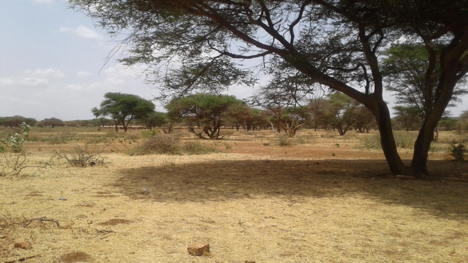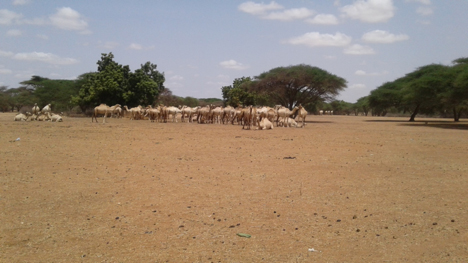
Kenya has a varied ecological environment, which is characterized by differences in agricultural potential and in patterns of food production. Wajir county has faced increasing food deficits, and high rural poverty levels, a fact attributed to high population growth, environmental degradation and limited sources of livelihoods. However, this problem is more prominent in arid and semiarid lands (ASALs) which constitute about 80% of the total land mass in Kenya where pastoralism is the main livelihood activity. This project seeks to understand the effects of land use change and climate variability on vegetation dynamics (vegetation, soil and water balance) in the Lagha Bor catchment area of Wajir County in Kenya. Furthermore, it will seek to understand the impacts of long term land use including water development and settlement; on sustainable livestock livelihooda. This will inform possible technological interventions for improved water and food security in the region.

Team members:
Joy Obando (Kenyatta University)
Moses Muriuki, (Kenyatta University)
Fiona Ngarachu, (Kenyatta University)
Francis Oloo, (Technical University of Kenya)
Chengxiu Li (University of Southampton, UK)
Yussuf Dayib, (County government of Wajir, Kenya)

